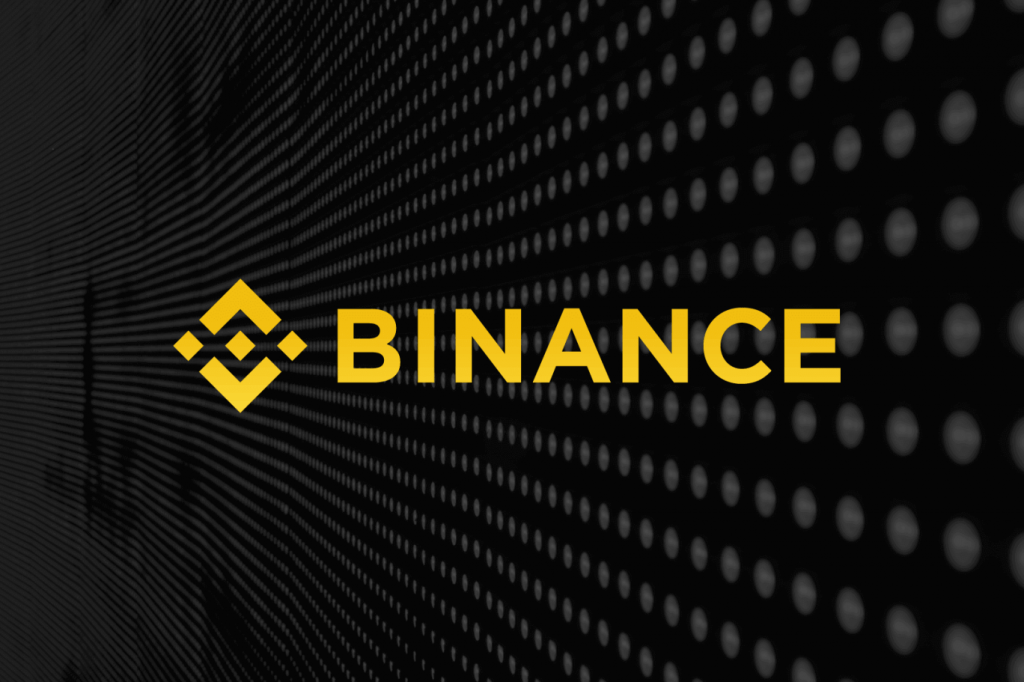
The recent overhaul of the U.S. Securities and Exchange Commission’s crypto unit signals a significant shift in the regulatory landscape under President Trump. This restructuring aims to limit government intervention
CoinOtag
You can visit the page to read the article.
Source: CoinOtag
Disclaimer: The opinion expressed here is not investment advice – it is provided for informational purposes only. It does not necessarily reflect the opinion of BitMaden. Every investment and all trading involves risk, so you should always perform your own research prior to making decisions. We do not recommend investing money you cannot afford to lose.
Ethereum DEX Trading Volume Hits $8.48 Billion Amid Market Volatility, Gas Limit Adjusted for the First Time Under PoS

Ethereum’s DEX market experienced an explosion of trading activity as daily volume skyrocketed to $8.48 billion on February 3, an amount that we haven’t seen since March 12, 2023. And why, you might ask, was our beloved DEX market so active on that February day? Well, it just so happens that the whole crypto market was either shaking or quaking—fluctuating quite nicely, in any case—and this was in turn propelling not just on-chain transactions but also our trusty DEX market toward ever higher trading volumes. Uniswap held 65.78% of the total trading volume on that day. According to DeFiLlama, Ethereum DEX trading volume reached $8.48 billion during the big fluctuation on February 3, the highest point since March 12, 2023, with Uniswap accounting for 65.78%. However, Ethereum DEX is still lower than Solana DEX`s daily trading volume of $9.56… — Wu Blockchain (@WuBlockchain) February 4, 2025 Even with this robust showing, Ethereum’s decentralized exchange trading volume was left behind by Solana, which on the same day put up a figure of $9.56 billion. The competition between the two networks is intensifying, and Solana’s low fees and rapid processing times seem to be drawing more traders to its side. In another development, validators of Ethereum gave their nod to a gas limit increase on the Ethereum network, taking it beyond 30 million gas units for the first time under the proof-of-stake (PoS) consensus mechanism. To be precise, more than half of Ethereum’s validators had to give the go-ahead for this change. And what change? The first adjustment of its kind since 2021 took the gas limit from a solid 30 million units to an ethereal 30-plus million gas unit realm. Ethereum increased the network’s gas limit above 30 million, with over 50% of validators indicating the change. More than half of the validators’ approval was needed for the gas limit adjustment to take effect. This is the first time such a change has been implemented under… — Wu Blockchain (@WuBlockchain) February 4, 2025 Ethereum DEX Trading Rebounds, But Solana Maintains an Edge Increased market volatility has pushed traders to transact much more aggressively, and this newfound aggression has made its way to DEXs built on Ethereum. Even so, Solana managed to outpace Ethereum: Its DEXs recorded a daily trading volume of $9.56 billion, compared to $8.48 billion for DEXs built on Ethereum. DeFi is still largely an Ethereum phenomenon, with Uniswap as a core piece. But, of late, Solana has been dominating in daily DEX volume, and this installment in our series on Solana’s DeFi moment will try to make sense of what, exactly, is going on with this alternative to Ethereum. In the last 12 months, Solana has gained substantial momentum among traders and liquidity providers, making it a serious competitor to Ethereum. Although Ethereum is a much more decentralized and secure network, Solana’s quick processing times and low fees have made it a darling of the high-frequency trading and institutional investor crowd. Ethereum’s Gas Limit Adjustment: A Major Shift in Network Dynamics Accompanying the increase in trading volume, Ethereum validators signed off on a gas limit increase to beyond 30 million units. This action, which required more than 50% consensus among validators, is a giant step in Ethereum’s evolution under the Proof-of-Stake model. The amount of computational power the Ethereum network can process in a single block is dictated by the gas limit. When you raise the gas limit, the network can process more transactions in a single block. That means it can potentially reduce congestion and overall network inefficiency. The most recent adjustment to Ethereum’s gas limit took place in 2021 and saw the figure raised from 15 million to 30 million units. At that time, the network was still operating under the proof-of-work (PoW) system, where governance was largely in the hands of miners. Today, the shift has occurred to proof-of-stake (PoS), and governance now is in the hands of validators, who must collectively approve any changes to network parameters. Even though increasing the gas limit could improve Ethereum’s scalability, it also brings difficulties. Block size could push more work onto validators and full nodes, increasing the number of transactions that need to be dealt with and — you guessed it — storage and processing power. If the critics are right, and that happens, then could Ethereum’s scalability solutions become part of a centralization problem? Even though there are worries about the changes, the validator community for Ethereum largely backed the adjustment, showing that there really is a unified effort among validators to make the network work better. This decision fits into a larger set of potential upgrades known as the Ethereum roadmap, all of which aim to make the network work better in one way or another. What’s Next for Ethereum? As decentralized exchange trading volume swells and with important governance changes underway, Ethereum is entering a critical time. It remains the dominant player in DeFi. Still, as Solana nips at its heels, Ethereum needs to keep working on its scalability and cost-efficiency if it wants to maintain that status. The latest increase in the gas limit is a sign of Ethereum’s proactive network optimization. Still, it is up for debate whether the actual transaction speeds and fees will see positive results from this change. The Ethereum network’s future success will depend on its ability to keep high trading volumes coming while it does what amounts to an upgrade of the network’s governance mechanisms, bringing decentralization, security, and scalability into better balance. With validators helping to govern the network in the future, Ethereum’s evolution will remain the result of collective decision-making, and its ongoing attempt to stay at the cutting edge of decentralized finance will serve as a real-time test of future-proofing mechanisms. Disclosure: This is not trading or investment advice. Always do your research before buying any cryptocurrency or investing in any services. Follow us on Twitter @nulltxnews to stay updated with the latest Crypto, NFT, AI, Cybersecurity, Distributed Computing, and Metaverse news ! Image Source: nexusplexus/ 123RF // Image Effects by Colorcinch CoinOtag

Bitdeer’s $21.7 Million Acquisition in Alberta Suggests Potential for Scaled Bitcoin Mining Operations by 2026
Bitdeer, a prominent Bitcoin mining firm, has made a strategic move by acquiring a 101-megawatt power project in Alberta, signifying its growth trajectory in the cryptocurrency mining sector. This $21.7 CoinOtag











